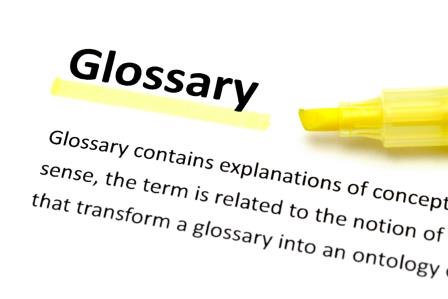
Insurance Glossary
NC Insurance realises that the insurance industry can sometimes be tricky to grasp with many insurance brokers or insurance companies seemingly stuck in the past and using jargon which often makes no sense at all.
We aren’t one of these brokers and our aim will always be to explain things to you in a language you understand. Here are just a few terms that often come up when dealing with sports club insurance along with a brief description of what they actually mean:
Safeguarding Policy:
This is a document which sets out your organisation’s procedures in the event of an issue arising (allegation, notification or suspicion of abuse, neglect, etc) relating to children and vulnerable adults. It also sets out who the safeguarding officers are. It may also contain a framework for providing activities to service users in a safe environment.
Children:
Anyone aged below 18.
Vulnerable Adults:
Are defined as ‘a person aged 18 years or over, who is in receipt of, or may be in need of, community care services by reason of ‘mental or other disability, age or illness and who is, or may be unable to, take care of him or herself, or unable to protect him or herself against significant harm or exploitation’.
Volunteers:
Staff in an organisation, company or charity who work without receiving remuneration.
Employees:
Members of staff who are employed by an organisation, charity or company who receive remuneration for the services they provide. This can include labour only or bona-fide sub-contractors, students on work placements and temporary staff.
Public Liability:
Public Liability covers your organisation’s legal liability to a third party for property damage or personal injury. This cover is often described as an ‘open cover’ as it is only restricted by notified endorsement and the policy wording.
It can, therefore, protect the organisation from claims from members of the public and its own members.
Employer’s Liability:
This is a legal requirement for all organisations that employ staff (as defined above) under the following acts of parliament: Employers’ Liability (Compulsory Insurance) Acts 1969 & 1998. This part of an insurance policy covers your legal liability to your employees.
Examples of this cover include accidents at work where the employer has been negligent or committed a breach of trust. In charity insurance policies this cover can also be extended, or automatically includes, cover for volunteers – hence it is sometimes referred to as volunteer insurance.
This form of insurance covers an individual or organisations in cases of negligent acts, errors, omissions or breaches in professional duty that result in injury or loss. It is most commonly taken out by solicitors, insurance brokers, accountants and other professionals. It may be of interest to charities or similar organisations that provide advice, distribute a third party’s money as funding or are involved in advocacy.
This cover is often a contractual requirement if you provide services on behalf of another organisation such as local government.
Management Liability:
Management Liability protects committee members against the risk of personal liability, whether to the club or a third party, arising from their breach of trust. Any personal liability for their wrongful acts as a company’s directors or officers is also covered.
Abuse Cover:
What it covers: claims arising from the organisation negligently failing to prevent physical, mental, emotional or sexual abuse usually to children or vulnerable adults.
This is usually covered under a public liability section. It can be specifically excluded, specifically included as an extension – with or without an “inner limit” (i.e. the insurers maximum liability – sometimes less than the public liability section) – or not mentioned at all.
In the latter case it usually means it is included. It is important when switching insurance providers that you find out what cover you currently have and what cover you have been offered. Remember Public Liability is on a loss occurring basis so claims which come to light now will be dealt with by insurers who covered the risk at the time of the incident.






